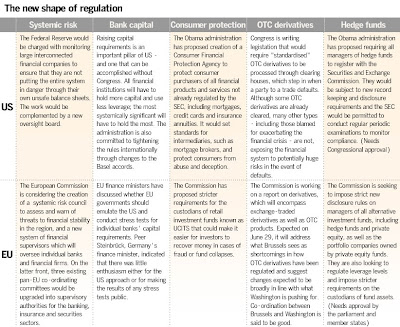In the old days of equity derivatives, one of the main instruments was the
covered warrant. This was a call option (usually - put warrants are uncommon) issued by a bank and traded as a security: it gave the holder the right but not the obligation to buy some number of underlying shares at a fixed price. This market still exists, and is reasonably active in some countries.
The term 'covered' come from the early regulatory framework. In order to prove to the exchange that the issuer of the warrant could meet their obligations, they had to keep some or all of the underlying. This position in the underlying was known as
the cover: it ensured that if the warrant ended up in the money, the issuer could deliver shares to the warrant holders. (Obviously if a corporate issues warrants on itself, then there is no problem: an entity can always print more of its own shares. The issue arises when a bank issues warrants referencing shares in another corporation, often without that corporation's permission or support.)
The cover requirements were supposed to ensure that squeezes did not happen whereby the issuer was forced to pay higher and higher prices to buy shares against the warrants that they hold. This is an issue with less liquid underlyings, especially ones where most of the liquidity is controlled by a small number of parties. By forcing banks to buy the underlying
before issueing the warrant, exchanges made market disruption much less likely.
There is definitely something that we can learn from this piece of market history. When derivatives traders are forced by regulation to have a matching position in the underlying, then:
- There is a natural limit on the size of the market;
- Both derivatives and underlying markets are more orderly; and
- The issuer's risk is automatically limited.
When that is not the case, things can get a little crazy. Let's look at two examples.
The first is the CDS market. I am a supporter of this market, and I view many of those who wish to limit CDS trading as uninformed, hysterical or both. (People called Gillian who have a book to plug may well fall into this category.) However, there is one reasonable objection to CDS, and that is that it sometimes allows the tail (the derivatives market) to wag the dog (the underlying bond or loan market). I have no objection to letting people short credits, but doing so by CDS can provide more protection sellers than there are bonds, creating exactly the sort of squeeze post default that the cover requirements eliminated for warrants. The lack of a borrow market for corporate bonds is the real culprit here. Perhaps one solution would be to keep the CDS market as is, but to require that naked shorts pay a
credit borrow fee to a holder of a deliverable instrument. This fee would be in exchange for the bond or loan holder agreeing not to buy protection on it or lend it to anyone else: the fee would automatically ensure that no more CDS protection was sold than there were bonds (or loans) extant which would at least make it more likely that the CDS settlement was orderly.
Second, the commodities market, specifically oil. This post was inspired by a
fascinating article on the oil market from the Oil Drum (via
FT alphaville). One part of the author's arguments is that the existence of an enormous market in financial contracts on oil has resulted in considerable price volatility - perhaps even price manipulation - which is in the interests neither of producers nor consumers of physical oil, but which benefits intermediaries such as the investment banks considerably. Certainly if one believed that this is true - and the evidence is impressive - then again the solution is obvious: require all derivatives positions to have a physical hedge. If you are short, then you have to own the underlying. If you are long, then you have to borrow the underlying. A given barrel of oil can act as the hedge for just one contract. And you can only use deliverable oil - stuff in tanks - not oil that is still in the ground.
Labels: Derivatives, Hedging, Markets
















